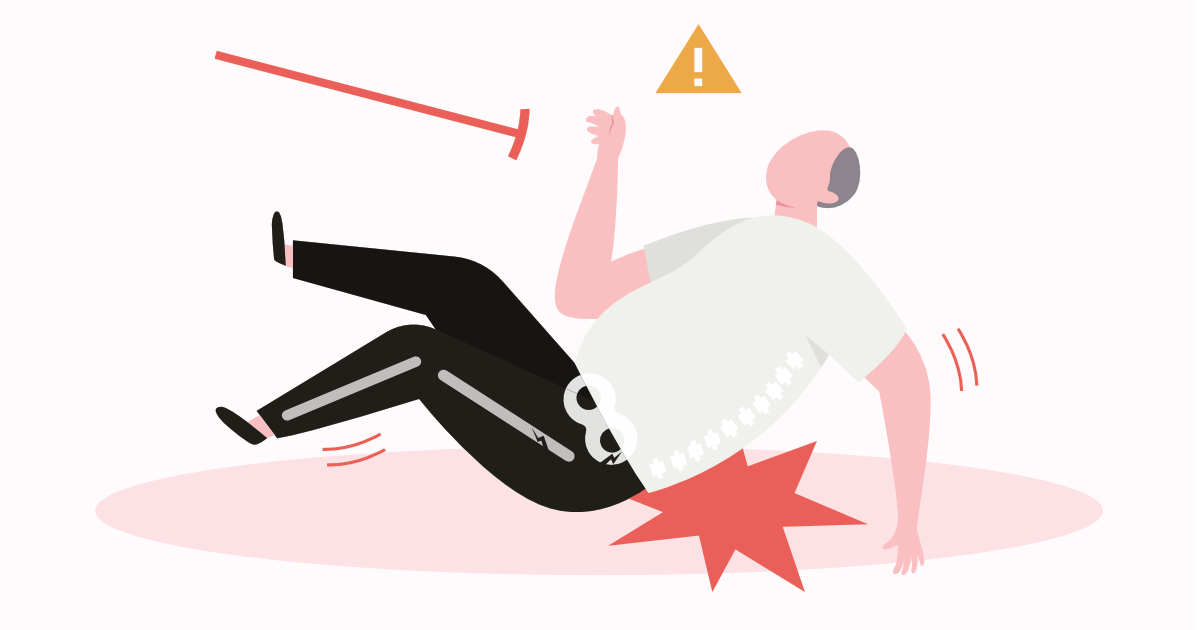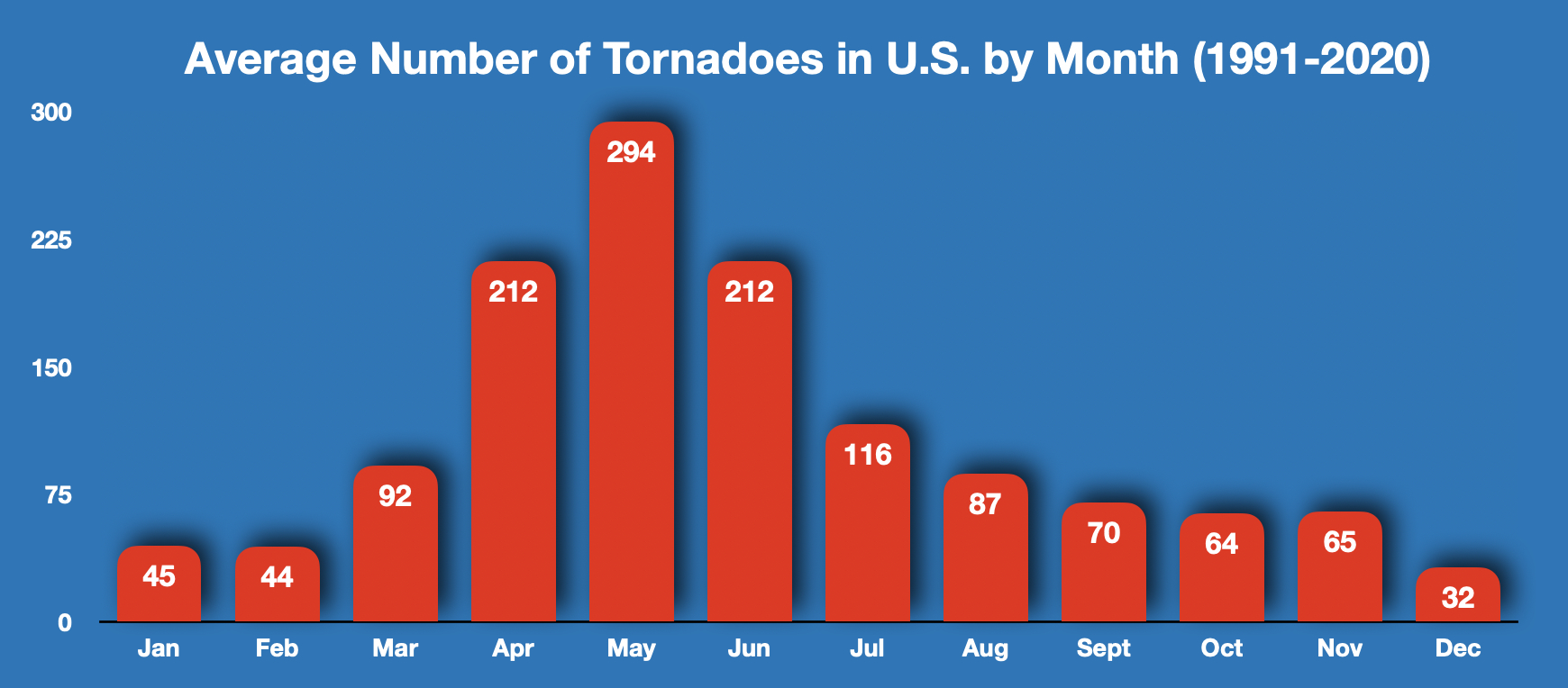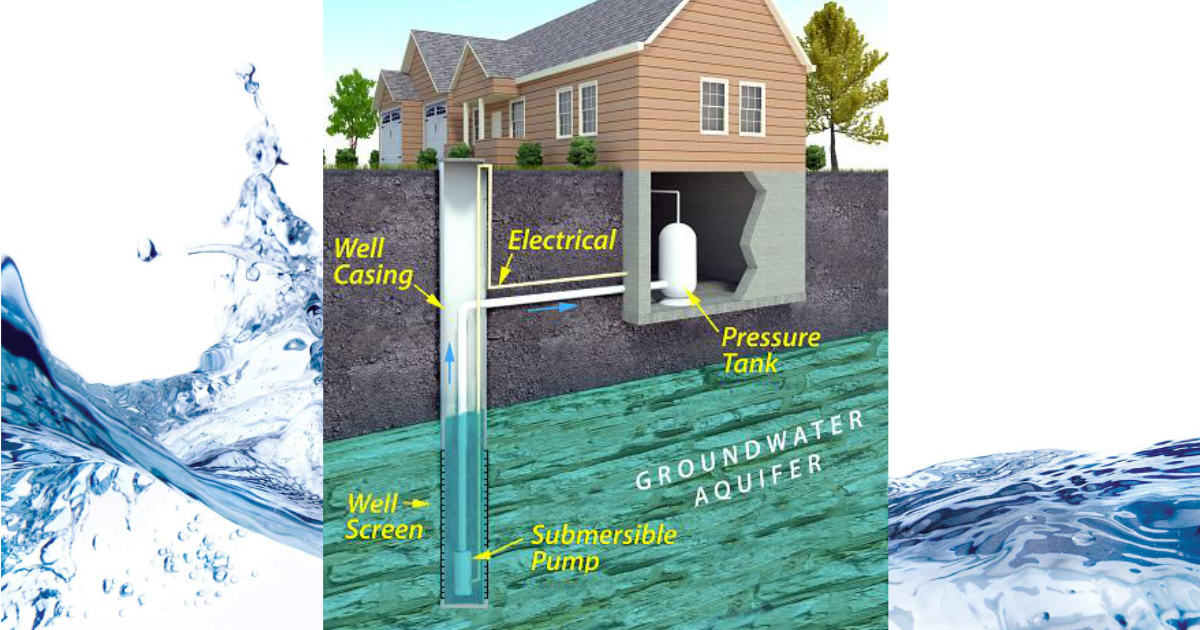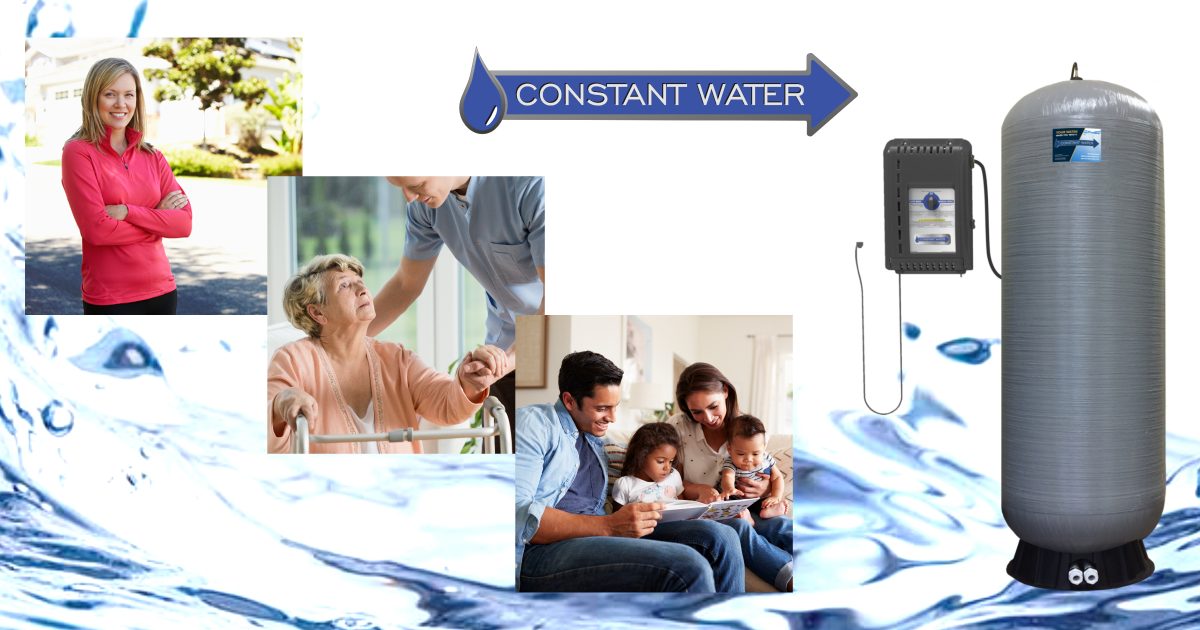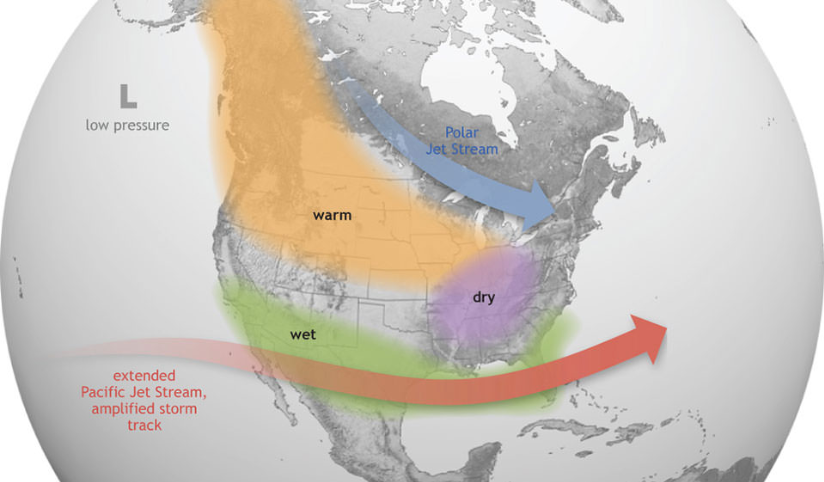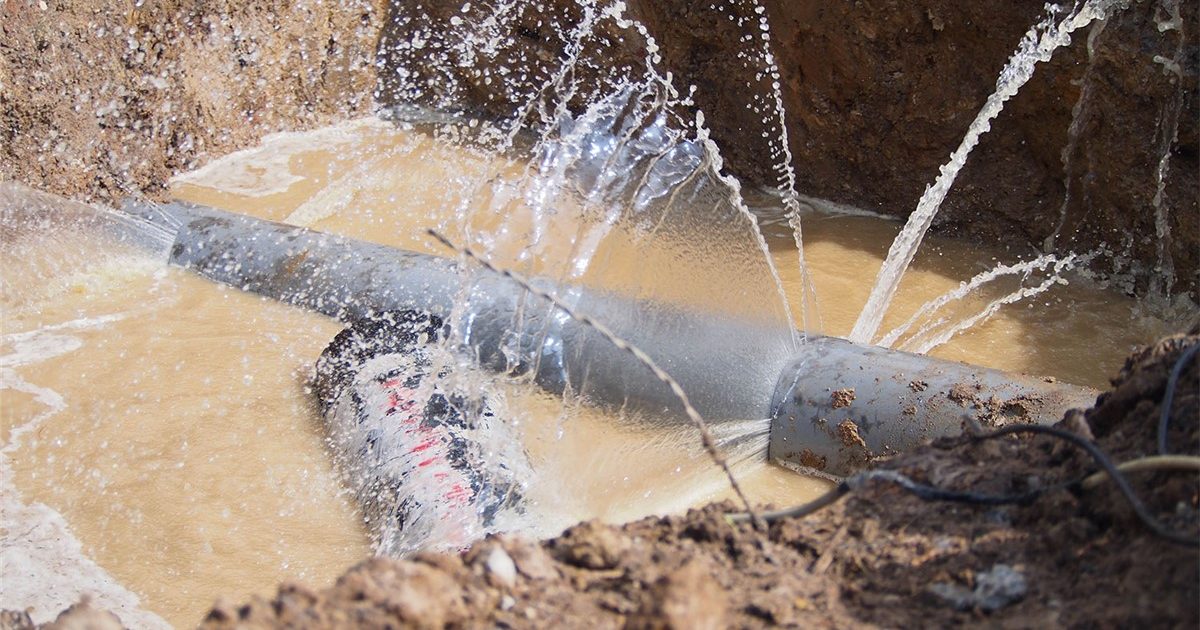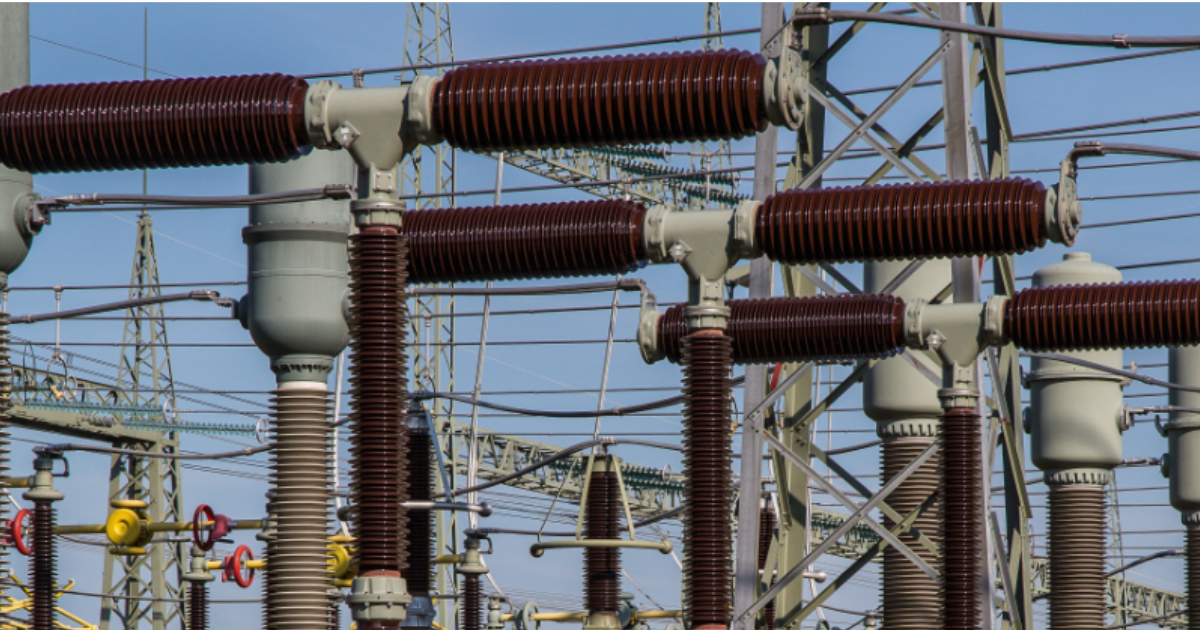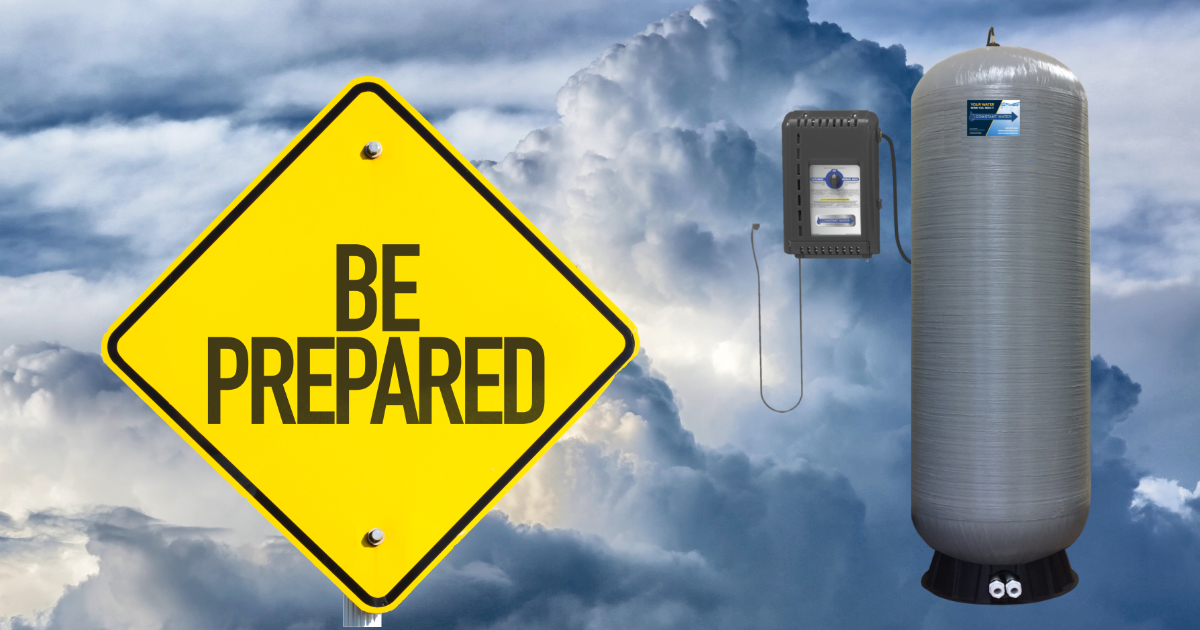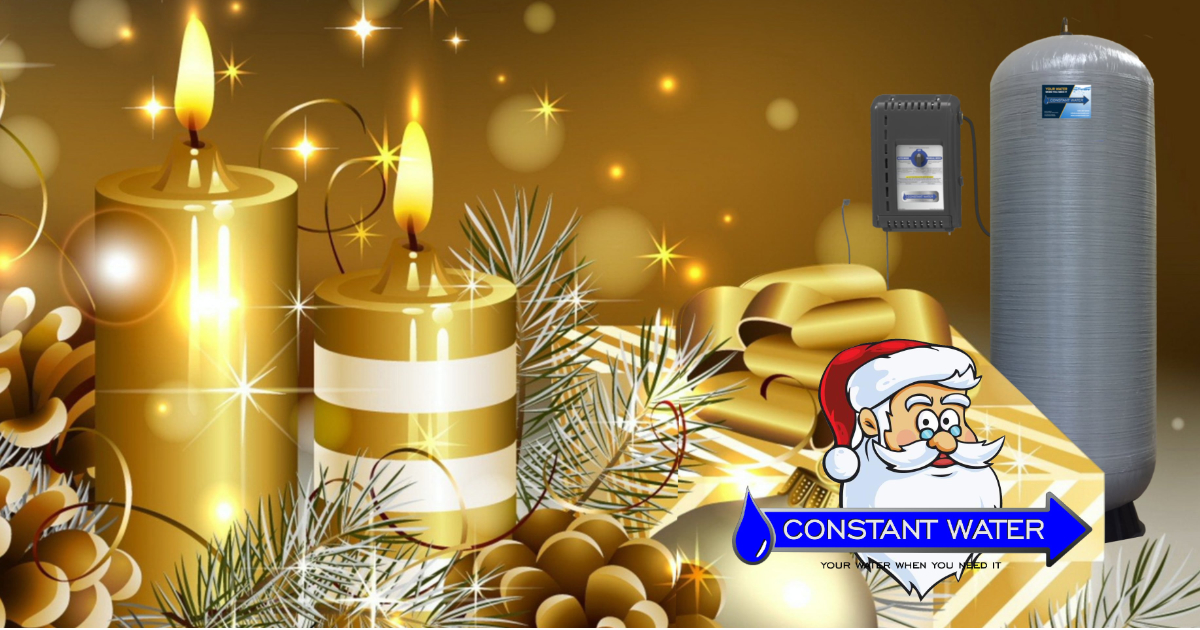The structure of the American family has been changing for decades. Two converging trends create challenges for the our elderly. New analysis of U.S. elderly populations—those from the Baby Boomer generation and Generation X—show more people in these two generations are aging in place and aging alone. This brings significant risks and challenges.
The elderly staying in their home longer is not new. This has been a trend for many years. Our elderly loved ones are more capable than their parents at similar ages and can maintain a home better and longer that generations past. And they want to stay in their home for as long as they can. Staying in one’s home for as long as possible is called “aging in place.”
Aging in Place Has Benefits
According to AARP, more than 76% of those over age 65 want to “age in place” for as long as possible. Other studies show seniors that age in place with home healthcare services:
- get better treatment,
- respond better to treatment,
- recover faster from treatment, and
- are happier at home than in an assisted living facility.
In many cases, the cost of home healthcare is also less expensive. But to age in place safely, seniors must prepare better to reduce the risk of elderly falls.
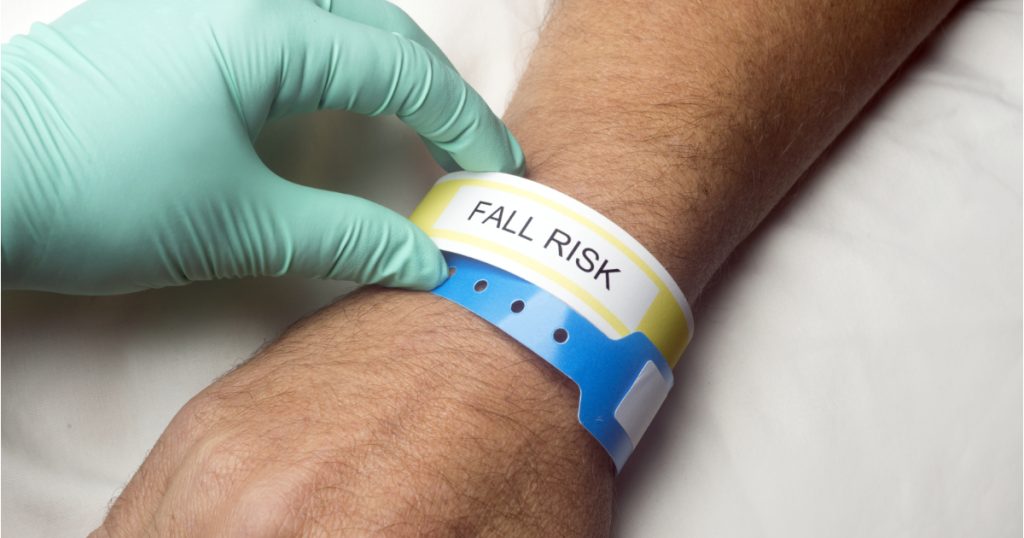
Many think aging in place means two people in the home. Two people can share the challenges of staying in a home longer, can share the load of daily life, and often one can help the other during times of challenging weather events or illness.
But, the Baby Boomer generation and Generation X both saw fewer marriages and more marriages with fewer or no children than previous generations. As a result, these two elderly populations are aging in place more often alone or without children who can help. The impact of falling is greater when you’re managing on your own.
Elderly Most Likely to Fall
One big concern with these two trends converging is that statistics on elderly falls are eye-opening. More than one out of four elderly fall each year, according to the National Council on Aging (NCOA).
Aging.com’s fact sheet shows falls by adults aged 65+ are the leading cause of head injuries and broken hips. Additionally, 80% of the elderly falls occur in the bathroom with slippery floors a main culprit. Even below age 65, we all know how slippery the bottom of a bathtub can be, and who hasn’t slipped on a wet floor tile?
Power and Water Outages Increase the Risk
More often, we are hearing of power outages and water outages across the country. The west is experiencing drought conditions. Last year, parts of Texas, Louisiana, and Mississippi were without power and water for several days during a winter freeze that struck the deep south. More recently, Jackson Mississippi’s public water system was damaged and contaminated by flooding. And vandalism in North Carolina left tens of thousands without power for several days.
If you rely on filling sinks and tubs with water before a major storm, the risk of falling may increase as water is carried from the sink or a tub to cook, flush toilets, or simply to wash hands.
Most Elderly Falls Occur in the Bathroom
80% of the elderly falls occur in the bathroom, and slippery floors are a main culprit. This is a particularly important metric as preparation for foul weather always includes emergency water. Typically the tell us to fill sinks and tubs in preparation for bad weather. While filling sinks and tubs is solid advise on the surface, carrying water from sinks and tubs for cooking, flushing toilets, and basic hygiene can create the slippery floors responsible for so many elderly falls.
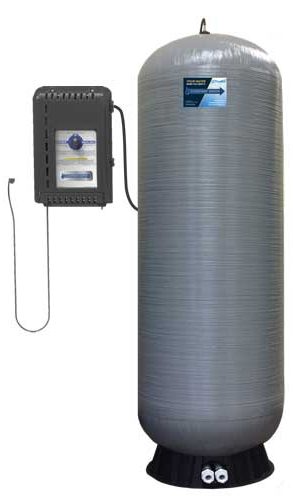
Falling once also doubles your chances of falling again. Our elderly need to be more prepared than every for events that might impact their aging in place desires.
Are You At Risk of Falling?
As we’ve seen, lots of things can contribute to a risk of falling. What is your risk level? If you would like to find out, the NCOA offers a quiz you can take to see what your risk level is. You can find the assessment questionnaire here.
How We Can Help
Constant Water can provide that critical backup water function for our aging-in-place loved ones. Our systems help those on water wells and on public water systems. Having a Constant Water system in place assures the homeowner and the care giver of an emergency supply of water. Our systems provide water to every sink, shower and toilet in the home. They activate automatically with the loss of power. They can also be manually activated without ever leaving the home for loss of public water or well pump failure.
Do you have loved ones, dear friends, or respected customers who are aging in place or plan to? See why so many have added a Constant Water system in their home. Peace of mind is a tremendous comfort for both of you.

